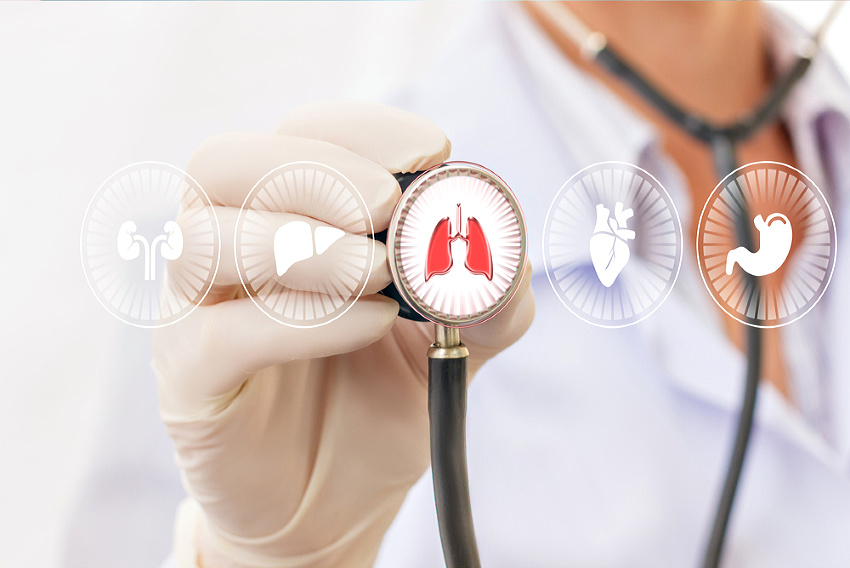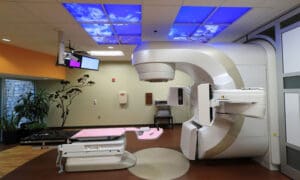The lung screening program at Piedmont Fayette Hospital is for patients who meet a certain criteria and are deemed “high risk” for lung cancer which makes them eligible to participate. The program uses a low-dose CT (computed tomography) scan of the chest to detect the disease.
One of those criterion is “pack years,” which are defined as the number of packs per day a person has smoked multiplied by the number of years that person has smoked.
“Those who are at high risk include people ages 55 to 77 who have at least a 30 pack-year history of smoking, who are current smokers or who quit within the past 15 years,” said Karen Bouwman, a cancer navigator. “It’s important to focus on high-risk patients because lung cancer tends to be non-symptomatic in its early stages and it is the second leading cause of death behind heart disease. Our goal is to catch problems early.”
Smoking is not the only risk factor for lung cancer, but it is the biggest risk factor for the disease. Other known risk factors for lung cancer are contact with radon, asbestos or other cancer-causing agents such as radioactive materials or inhaled chemicals or minerals, family history of lung cancer, diagnoses of certain other cancers and/or lung disease and contact with second-hand smoke. These other factors alone do not make a person at “high-risk” for lung cancer.
Those who qualify for the screening, which is covered by Medicare and most insurance, have a low dose CT screening annually. If the screening detects anything suspicious, a multi-disciplinary team from the hospital, involving oncologists, pulmonologists, radiologists, a thoracic surgeon, and the nurse navigator, review the findings and make a plan of action with the physician.
“The team meets weekly for a lung nodule conference to discuss findings of nodules six millimeters or larger and establish a plan for the care of our patients,” said Eric Sceusi, M.D., a thoracic surgeon for Piedmont Healthcare. “Our goal is to make sure we diagnose lung cancer early, which can greatly improve our patient’s chance of a cure. At the same time, we want to provide appropriate management of potentially benign findings to prevent unnecessary testing or anxiety, the multidisciplinary approach we take is key to making the right decisions for patients at risk for lung cancer.”
If cancer is detected, the nurse navigator steps in to guide the patient and his or her family through the process.
Dr. Sceusi urges those who meet the criteria for the lung screening to be proactive with their health and have the screening done. The earlier an abnormality or cancer can be detected, the better the outcome can be for a patient. A national lung screening trial found that annual screening with the use of low-dose CT, which is used to find nodules in the lungs, reduces mortality from lung cancer by 20 percent when compared to annual screening with chest x-ray. As with many diseases, early detection of lung cancer is key to successful treatment.
To learn more, visit piedmont.org/lung or call 404.425.1800 for more information.













Leave a Comment
You must be logged in to post a comment.